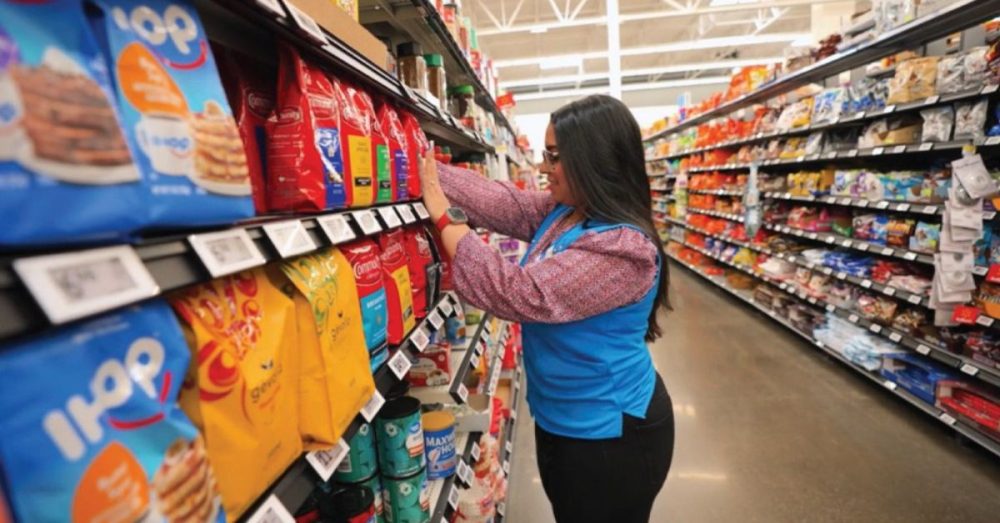Walmart announced last month that stores across the nation will be implementing digital shelf price labels to enhance the customer experience.
The technology was initially tested at selected store locations, including one in Grapevine, and it will now be expanded to 2,300 of the company’s 4,600 U.S. locations by 2026, Walmart said in a press release.
Walmart stores have over 100,000 products on store shelves, each one with an individual paper price tag. Employees are kept busy each week with thousands of pricing updates related to markdowns, new items, and Rollbacks.
Developed by Vusion Group, digital shelf labels (DSLs) enable price changes to be made via a mobile app instead of manually changing paper tags.
“DSLs allow us to update prices with a few clicks. A price change that used to take an associate two days to update now takes only minutes with the new DSL system. This efficiency means we can spend more time assisting customers and less time on repetitive tasks,” reads the press release.
Employees will also be able to trigger a flashing LED light on the DSLs in a feature called “Stock to Light,” thereby helping other associates locate items that need restocking as well as help them find the right location of those items in any aisle.
Another feature called “Pick to Light” guides employees directly to the products needed for online orders.
Walmart calls the new technology a “game-changer” for both customers and associates.
“It is not only about improving efficiency and customer satisfaction but also about integrating sustainability into our work, in this case, to help reduce operational waste,” reads the press release.
The new technology has led to concerns from some about a potential abuse of the DSLs — “dynamic pricing,” reported Fast Company. Dynamic pricing, aka surge pricing or demand pricing, is a practice whereby a business sets prices based on current market demands.
A dynamic pricing model could “be an option to help … brands. They can maybe price something lower during less-busy times, and raise them during busier times,” Carly Fink, president and head of research and strategy for Provoke Insights, told Fast Company. According to Fink, this means that dynamic pricing “can be advantageous, too.”
Fox 4 KDFW, however, reported that a Walmart spokesperson said the new system “does not support [dynamic pricing], and we have no plans to develop this capability.” The spokesperson also told Fox that the technology has been installed at 63 stores thus far.


